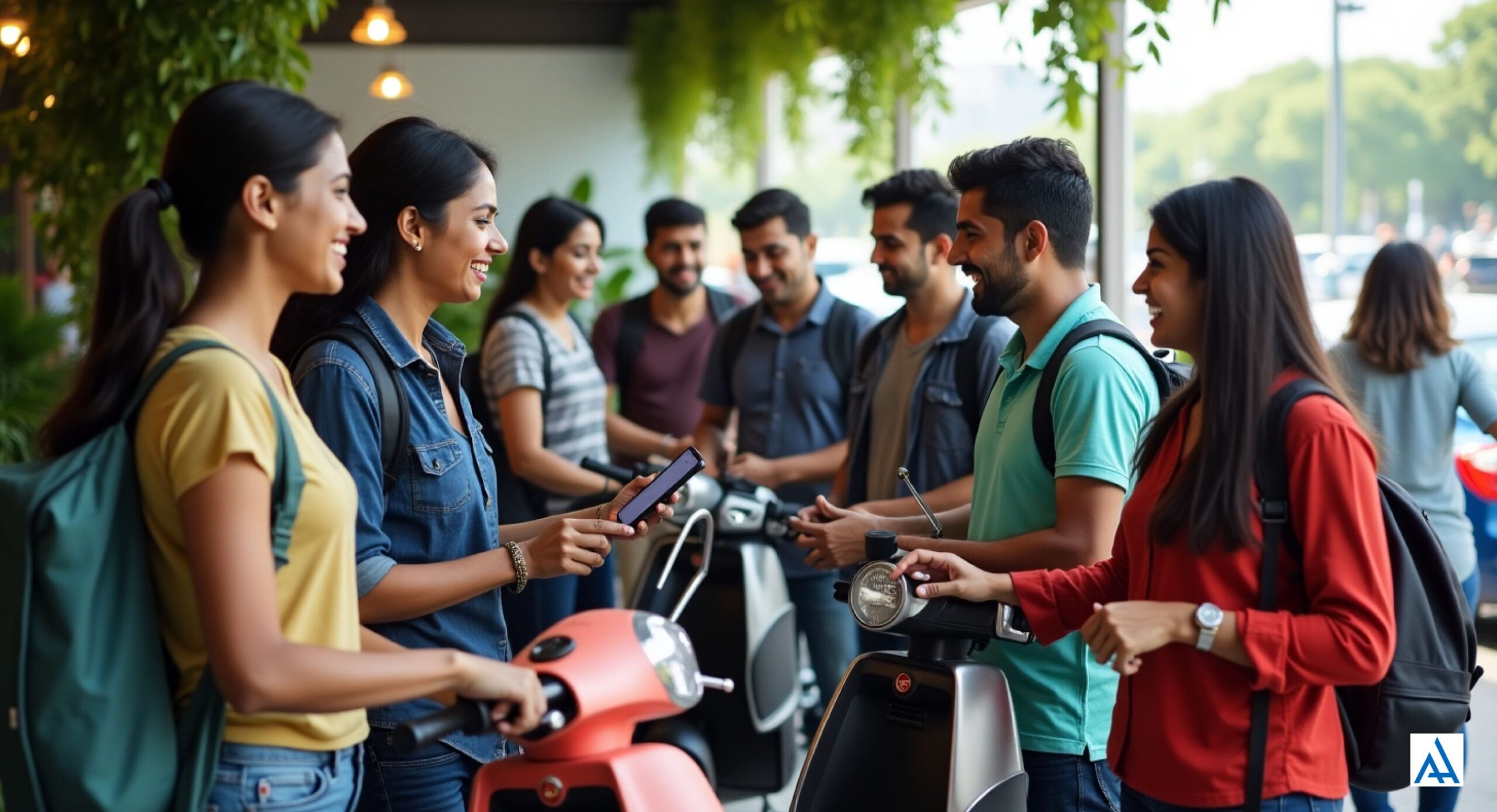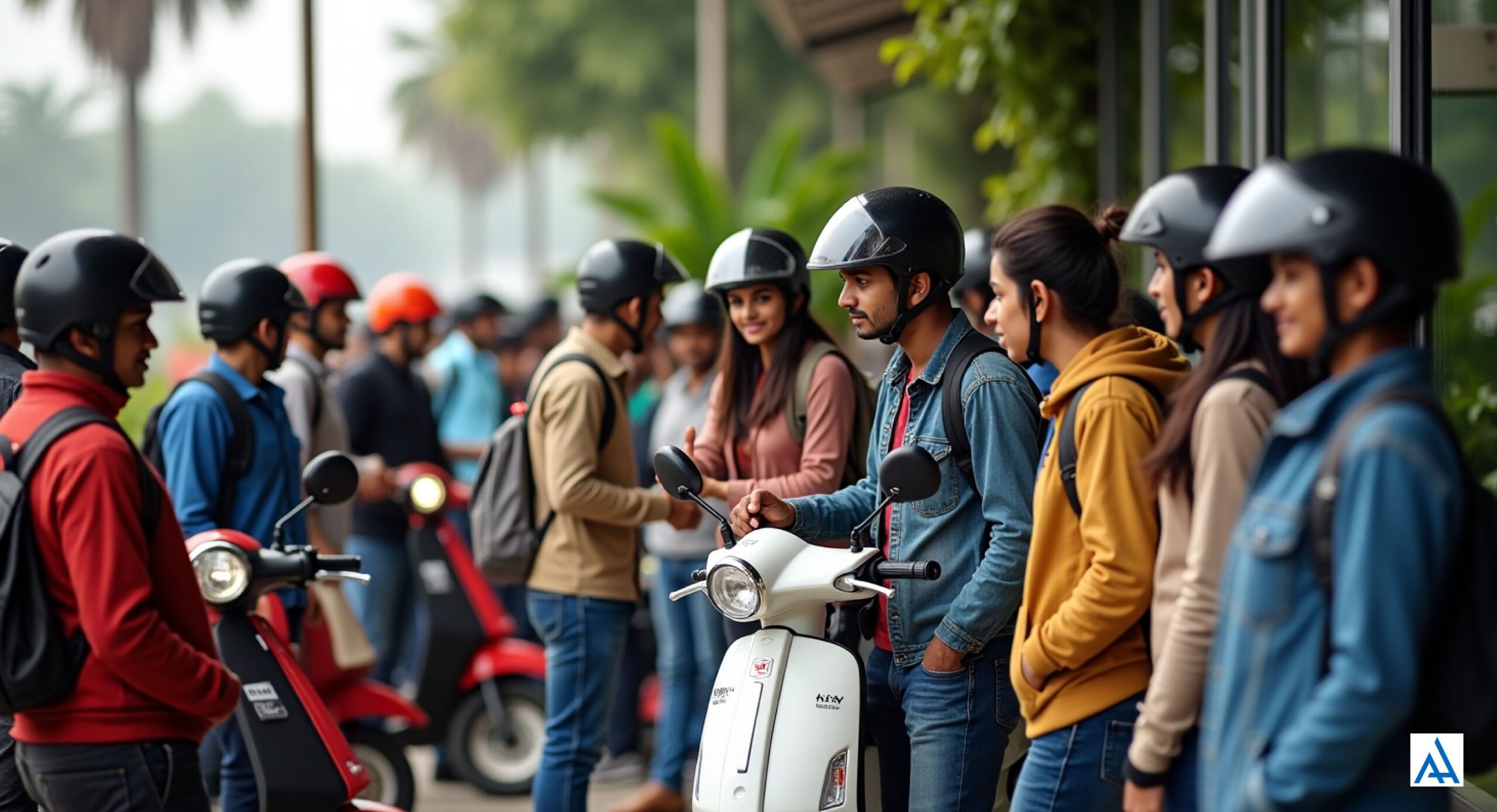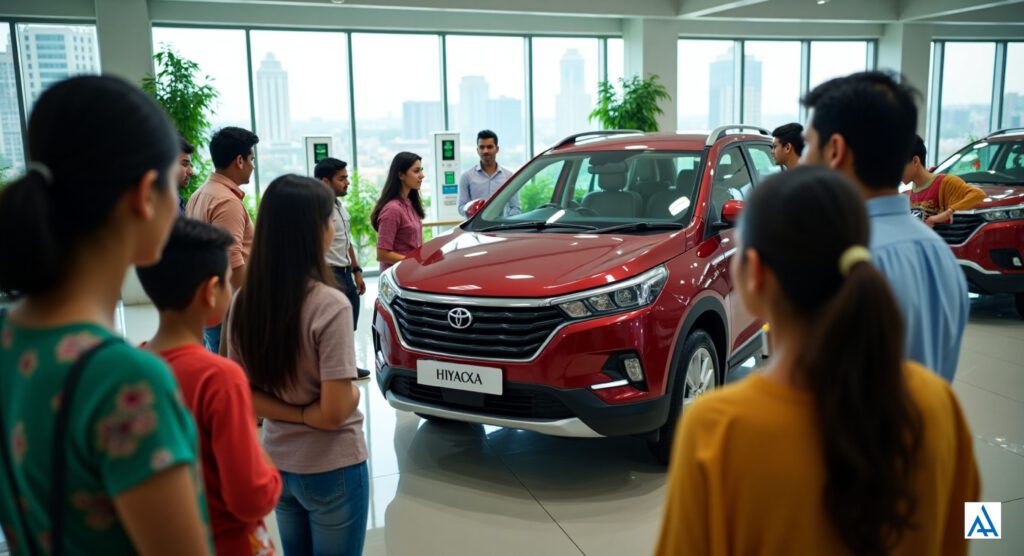In 2025, swappable battery options for electric scooters are transforming urban mobility in India, where the $117 billion automotive industry thrives (IBEF, 2024) and over 30 million two-wheelers navigate roads (MoRTH, 2024). With 60.1% of the population digitally included (RBI, 2024) and 50% of global UPI transactions occurring in India (NPCI, 2024), swappable batteries offer convenience, cost savings, and sustainability for 63 million MSMEs (MSME Ministry, 2024) and commuters in cities like Bengaluru and Mumbai. As fuel prices hover at ₹100 per litre (PPAC, 2025) and 3,500 IGBC-certified green projects push eco-friendly solutions (FICCI, 2024), these batteries align with India’s 40% renewable energy goal (CEA, 2024).
Why Swappable Batteries Matter for Electric Scooters in 2025

Swappable batteries allow riders to exchange depleted batteries for fully charged ones at stations, eliminating long charging times and range anxiety. In India, where urban congestion costs ₹1.47 lakh crore annually (Economic Times, 2024) and 70% of consumers prioritize reliable transport (Knight Frank, 2024), swappable batteries boost efficiency by 20% and reduce downtime for logistics fleets (Financial Express, 2024). With a 6.5% GDP growth rate (UJA, 2025) and 100,000 startups innovating in mobility (MSME Ministry, 2024), this technology supports India’s Digital India initiative and eco-conscious urban commuting.
As an electric mobility expert, I’ve advised manufacturers and riders on adopting swappable battery systems. This guide explores seven key aspects of swappable battery options for electric scooters in 2025 India, with actionable tips for integration.
Key Aspects of Swappable Battery Options
1. Convenience of Battery Swapping
Swapping takes 1–2 minutes at stations, compared to 4–8 hours for charging (Bajaj Finance, 2025). In Delhi, Bounce Infinity’s swapping stations (₹50–₹100 per swap) serve urban riders, cutting downtime for 30 million two-wheelers (MoRTH, 2024).
Actionable Tip: Locate swapping stations via bounceinfinity.com.
2. Cost-Effective Mobility
Swappable batteries reduce upfront scooter costs by 30%, as riders lease batteries (₹2,000–₹5,000/month, Ola Electric, 2025). In Mumbai, this saves 15% on running costs compared to fuel at ₹100/litre (PPAC, 2025).
Actionable Tip: Explore leasing plans at olaelectric.com.
3. Extended Range and Flexibility
Scooters like the Honda Activa e (102 km range with two 1.5 kWh batteries) offer flexibility for long commutes in Hyderabad (Financial Express, 2024). Swapping ensures uninterrupted rides, ideal for 63 million MSMEs (MSME Ministry, 2024).
Actionable Tip: Check Honda e:Swap at honda2wheelersindia.com.
4. Eco-Friendly Design
Lithium-ion swappable batteries, used in scooters like Okinawa Okhi-90, support India’s 40% renewable energy goal by reducing emissions (CEA, 2024). In Chennai, centralized charging at stations cuts carbon footprints by 10% (FICCI, 2024).
Actionable Tip: Choose eco-friendly models at okinawaev.com.
5. Scalable Infrastructure

Battery-swapping networks, like Sun Mobility’s 1,000+ stations, cover 100+ cities, serving 60.1% of digital users (RBI, 2024). In Pune, these stations support logistics fleets, enhancing efficiency for e-commerce (Economic Times, 2024).
Actionable Tip: Find stations at sunmobility.in.
6. Enhanced Safety Features
Swappable batteries, like Bounce Infinity’s IP67-rated packs, ensure safety with water and dust resistance (Financial Express, 2023). In Bengaluru, these features protect riders during monsoons, reducing accidents by 10% (The Hindu, 2024).
Actionable Tip: Verify battery ratings at bounceinfinity.com.
7. Subscription-Based Models
Subscription plans, like Ather’s battery rental (₹1,500–₹3,000/month), offer affordability without ownership costs (Autocar India, 2025). In Ahmedabad, this model suits young riders and small businesses, boosting adoption by 25% (Financial Express, 2024).
Actionable Tip: Explore Ather subscriptions at atherenergy.com.
Swappable Battery Options Table 2025
| Aspect | Cost (₹) | Key Benefits | Impact in India |
|---|---|---|---|
| Battery Swapping | 50–100/swap | 1–2 minute swaps, no charging wait | Cuts downtime for urban riders |
| Cost Savings | 2,000–5,000/month | 30% lower scooter costs | Saves 15% vs. fuel at ₹100/litre |
| Extended Range | 2,000–5,000 (leasing) | 100–195 km range per swap | Supports long commutes, MSMEs |
| Eco-Friendly Design | Included in leasing | 10% lower emissions | Aligns with 40% renewable energy goal |
| Scalable Infrastructure | Free–3,000/month | 1,000+ swapping stations | Enhances e-commerce logistics |
Applications of Swappable Batteries in India
- Urban Commuting: Quick swaps benefit 30 million two-wheeler users (MoRTH, 2024).
- Logistics: Supports 63 million MSMEs with uninterrupted deliveries (MSME Ministry, 2024).
- E-commerce: Enhances efficiency in the $1 trillion market (Economic Times, 2024).
- Smart Cities: Aligns with 100+ smart city mobility plans (Smart Cities Mission, 2025).
- Sustainability: Reduces emissions, supporting 3,500 green projects (FICCI, 2024).
Actionable Tip: Locate swapping stations via sunmobility.in.
Benefits of Swappable Batteries
- Convenience: Swaps take 1–2 minutes, versus 4–8 hours for charging (Bajaj Finance, 2025).
- Affordability: Saves 15–30% on costs compared to fuel or fixed batteries (Economic Times, 2024).
- Sustainability: Cuts emissions by 10%, aligning with green goals (CEA, 2024).
- Scalability: Supports 60.1% of digital users with growing infrastructure (RBI, 2024).
Actionable Tip: Try Bounce Infinity’s subscription for affordable swapping.






1 thought on “Swappable Battery Options for Electric Scooters in India 2025: Driving Convenience and Sustainability”